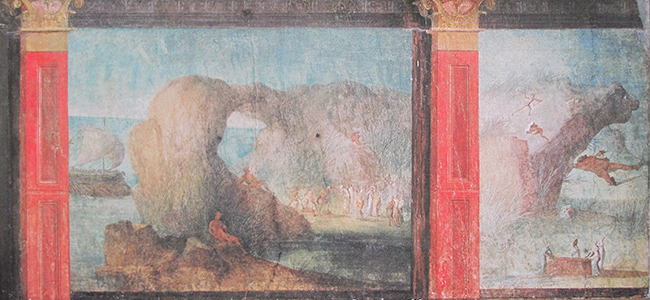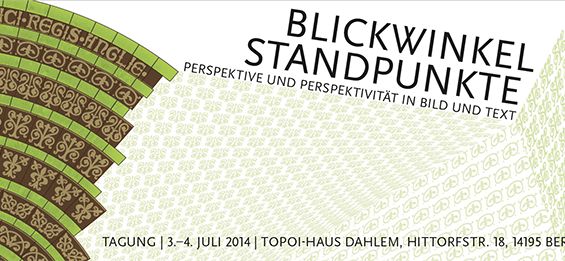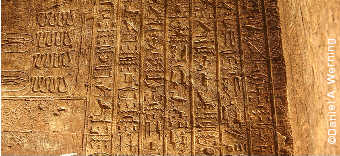The goal of the research group was to apply a diachronic perspective and a comparative-culture approach to the study of the construction of space through pictures.
| 12 | Researchers |
| 5 | Research Projects |
| 2 | Dissertation Projects |
| 28 | Publications |
| 6 | Events |
| 5 | Cooperating partners |
The group began with the fundamental questions under what historical conditions spatial phenomena come to be represented in pictures, how as a result of spatial and temporal shifts these phenomena come to be transformed, what techniques and conventions are applied in these transformations, and how the spatial in pictures corresponds to literary fiction. Of particular importance for these questions was the relation between space, knowledge and action, a relation which can only be clarified by determining which representations and models of spatiality in pictorial construction have been brought implicitly or explicitly to bear. This raises the additional question in what specific ways pictures and monuments, in their function as mental maps of spatial experiences, have represented organizing principles, value categories and shows of force, and thus how they have co-constructed, reflected and communicated knowledge of space and spatiality.
Research Projects
- (C-4-1) Near and far: Space and Narrative in Assyrian Art
- (C-4-2) Perspectivation – investigations of viewer construction, viewing directions and hierarchization strategies in the two-dimensional pictorial compositions of Greek and Roman culture
- (C-4-3) Books and Space in the (Early) Middle Ages
- (C-4-4) Imaginary space: Backround or protagonist?
- (C-4-5) Diagrammatic representations of the Ancient Egyptian underworld



